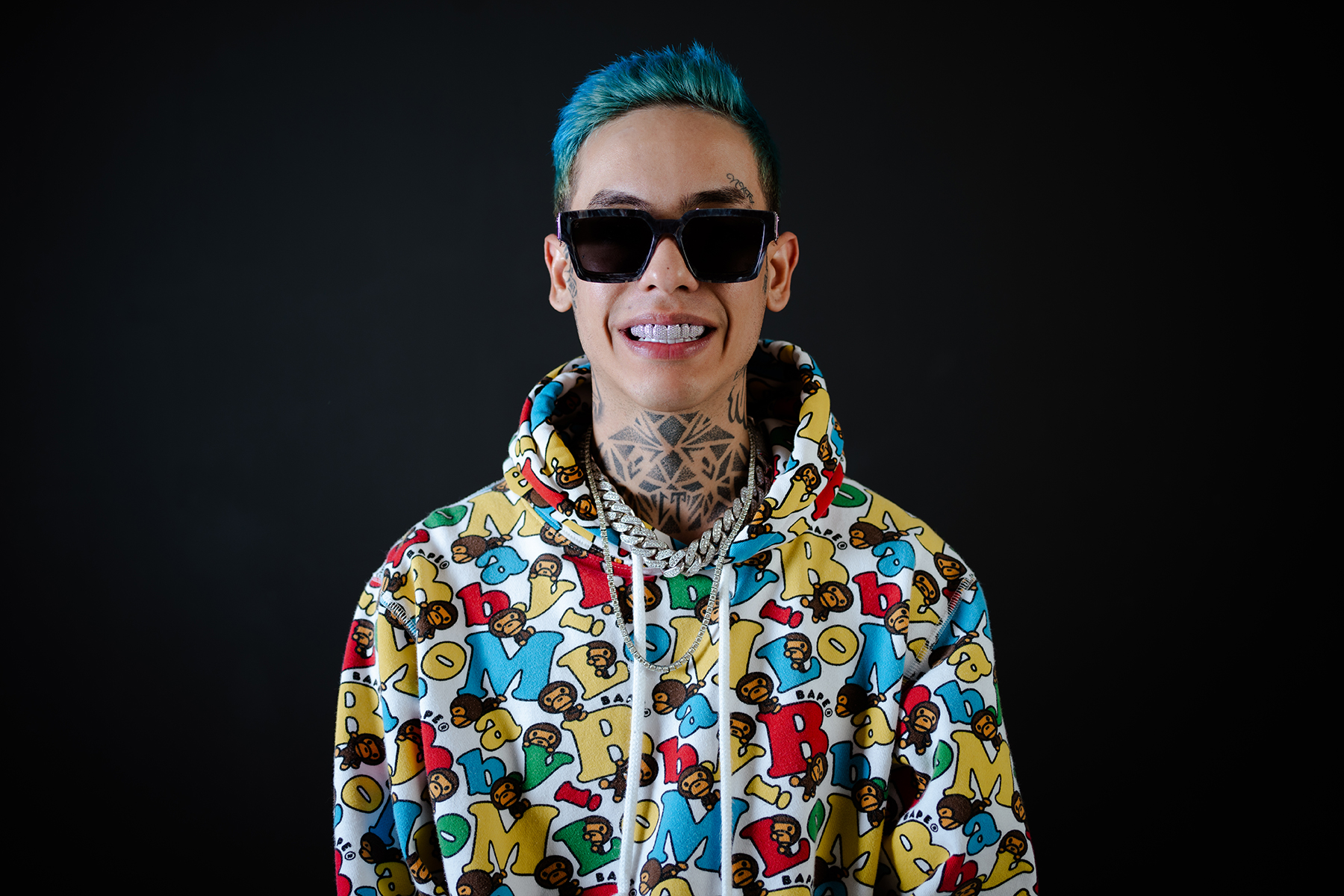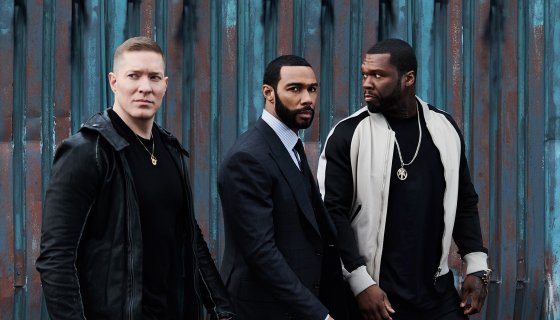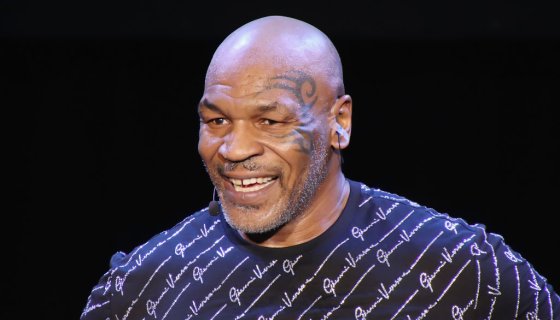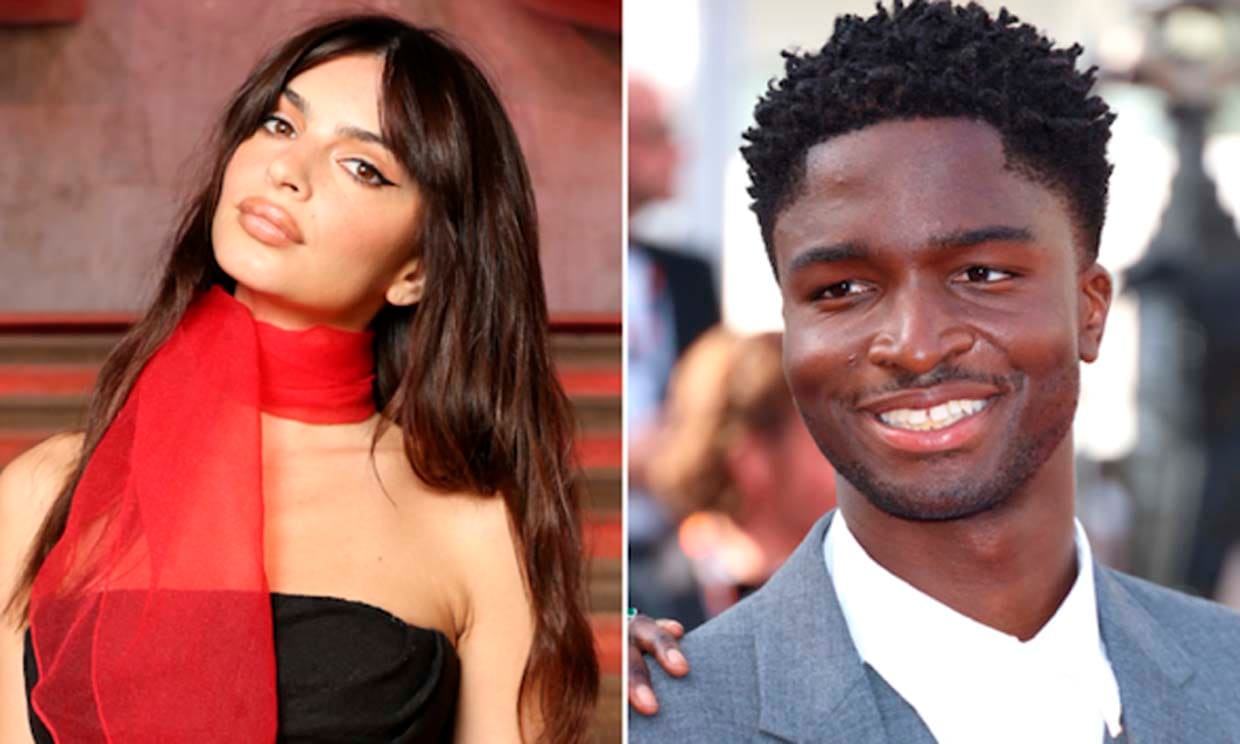
‘A New Nata’: How Corridos Tumbados Wunderkind Natanael Cano Fought to Make Music on His Own Terms
Natanael Cano was barely 18 when he became one of the most prominent figures in the corridos tumbados movement. His style of prickly, guitar-driven Mexican balladry mixed elements of rap and trap, and when Cano shot out of the gate in 2019, he was known as a wunderkind who inspired the biggest Latin stars to experiment with the sound. Bad Bunny jumped on a remix of Cano’s popular hit “Soy El Diablo,” and Eladio Carrion asked Cano to drop a few bars on an updated version of his song “Ele Uve.” In between, Cano also sang alongside legends in Mexican music, such as Los Tigres del Norte and Ana Bárbara.
Still, Cano has had to fight to make music on his own terms, something he outlines on his new album, NataKong, which showcases the best of his trap and corridos abilities. In addition to growing up in the spotlight, he went through a public dispute with his label Rancho Humilde in 2021. The experience led him to take charge and start his own label, Los CT, which he sees as a chance to expand the outer limits of Mexican music. “Regional can be bigger,” he says on a recent call with Nuevo Culture. “It would be at the top if we had the best studios, the best engineers, and people working with their whole heart. We’re trying to change all that with Los CT — and I want regional to be number one.”
You started making music when you were just a teenager. How does NataKong represent your growth and evolution as an artist?
I feel like I’m separating the 17-year-old Nata from Nata today. I’m 21, and I’ve grown up a lot, and this is a new stage. I feel like I’m a new Nata, and people are really liking what I’m doing. I think I’m writing music in a better way. When I do trap, I always write more explicitly, but I never lose the essence of regional or of the corridos. I think this album shows music that is more conscious. I’ve really wanted to make an album like this for a long time, one that would be mixed, with both trap and corridos, and I think it happened naturally on here. I always I approach it organically: If trap keeps coming to me, then I’m going to keep making trap; but if it doesn’t, then I won’t do it. Right now, though, it’s still inspiring me.
A lot of this isn’t typical trap production, the beats and the arrangements are sharp and crystalline. How were you thinking about the sounds on the album, especially since it does mix two different styles?
All of the beats and the instrumentals came together in the studio. I mostly worked with two producers: Krizous has always been my go-to collaborator, but Andres [Farias] is someone I just met for this project. We had the chance to work together and it went really well. I can say right now this is the best album I’ve ever done, but not the best one I’m going to make [laughs]. “Estrellas,” for example, was a song I wrote during this moment where I had so many feelings. I wrote it in my room, when I was hanging out with Krizous, and I had my guitar, so it started completely on guitar. Over time, we finished it out, so we started working on the beat, but we always kept the guitar in mind since it was how everything began.
You also have some unexpected collaborations on here, including a song with Lil Mosey.
I’ve known Mosey for a while, and when we’d go to parties in Los Angeles, I’d always run into him. Some friends connected us, and we talked over FaceTime and were like, “Let’s do something.” I was going snowboarding in Colorado, and we recorded the video there, so it was just really cool. He has such a good vibe, especially when he’s recording.
You’ve always attracted collaborators from different genres, like Bad Bunny and Eladio Carrion. Why do you think artists from outside of regional and corridos tumbados are drawn to your style?
I think it’s become I’m young and I can fit onto whatever song you put me on. Other artists see that and they’re like, “This guy is good.” They see my style, and even if we sing [in] completely different genres, they feel like we can do something together.
This album came during a lot of big changes for you. What do you see as your biggest inspiration here?
The biggest inspiration was that I became the owner, if I can say it that way, of my own music. This album is coming out on my own label, and I positioned myself onto the business side of my music. I was like, “I got the business part down, now let’s do this.” From there, I started writing music with so much excitement. It was a new beginning after one year of not making music, when I’d had all these problems with my label, and all these things happened. But in the end, it worked. I was living in Los Angeles, and in the moment that everything was blowing up, I left for Mexico, after three years of living in the U.S. I went back to Sonora, where I was born; I went back with my friends, and I made this album with my friends. So that was an inspiration, too, having my friends, my family, and my people around me.
Did being in Mexico change the context of the album?
Definitely, but this album was also recorded in so many places. I started it in Los Angeles, I kept going back to Sonora, I continued recording in Cancún, I went back to L.A. I’ve been making it for so long, and I finished it such a long time ago, which is why I think my fans have been going crazy over it. And I recorded some of the songs a bunch of times. Like “Estrellas” and some other ones, I recorded about four times. I wasn’t happy with how they were turning out, until I met Andres. He has a studio in Calabasas, and he knew I was a Mexican singer who had been in a good spot. But he was new to my music, and he didn’t know a lot about regional. I showed him a little about the style, the guitars, the mixing, and it brought a cool energy to the album. When I met him, I was like “Thank God. Everything sounds so good in his studio and we work well together.”
You were a major figure in the corridos tumbados movement when it first started getting big a few years ago. Corridos are becoming massively popular again, along with other Mexican sounds. Where do you see the genre going?
I’m working on my own business right now, through the label Los CT, and we’re working so hard. I have a bunch of artists who have so much talent and a huge future. I’ve only been working on this for a few months. I was fighting some things legally for a long time, but I have artists who are already doing great, whose videos have like 3 million streams here, 2 million there, so I think we’re going to do well. We’re not really looking for new talent because we have so many people with us already, people who have been friends of mine for years, so those are the people we’re working with first. But obviously, if I see someone coming up, I’m going to support them. In some time, everyone is going to want to be part of our label.



